The library will be closed Friday, July 4 in observance of Independence Day.
The library will reopen with regular summer hours on Monday, July 9.
Need help while we’re away? Reach out to us through our Ask Us form or email us directly at ask@smcm.libanswers.com and we’ll get back to you as soon as we return.









